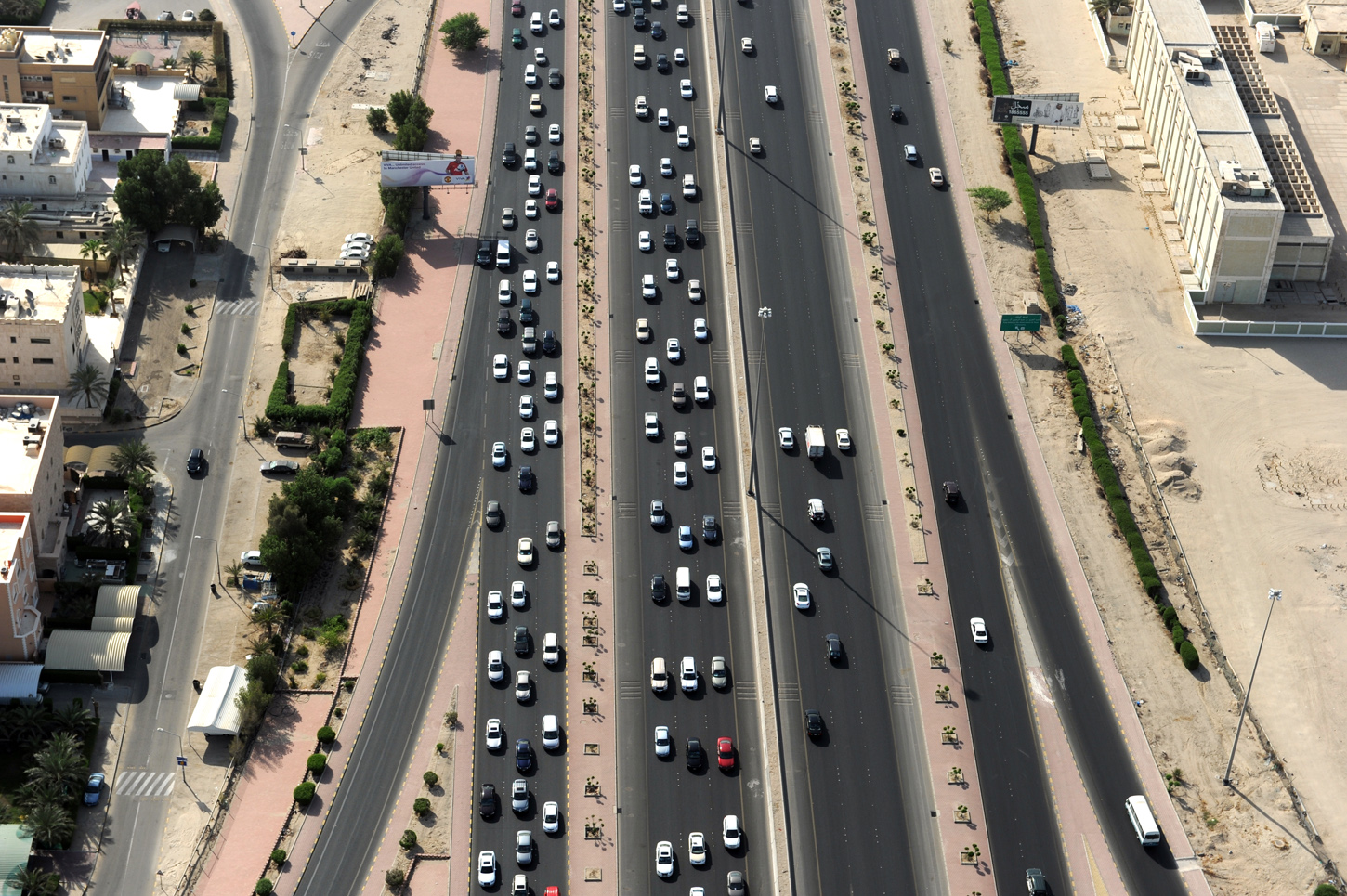Brief Overview:
The “Road Monitoring” course is a specialized training program designed to equip participants with the knowledge and skills necessary for effectively monitoring and maintaining roads and public facilities. This course focuses on enhancing understanding of road safety, traffic management, and the application of modern technologies in road monitoring, contributing to the improvement of road infrastructure quality and increased safety levels.
Course Objectives:
- Enhance Traffic Safety Concepts: Educate participants on principles of safety and prevention on the roads.
- Develop Monitoring Skills: Enable participants to monitor traffic and analyze related data effectively.
- Understand Road Management Techniques: Familiarize participants with strategies for managing and maintaining roads.
- Utilize Modern Technology: Teach participants how to use modern monitoring tools and techniques.
- Improve Decision-Making Ability: Enhance the ability to make quick and effective decisions in road-related emergency situations.
Training Content:
- Introduction to Road Monitoring:
- Importance of road monitoring and its impact on public safety.
- Different systems used for road monitoring.
- Traffic Safety:
- Principles of traffic safety.
- Strategies for accident prevention and reduction.
- Traffic Management:
- Methods for analyzing traffic flow.
- Techniques for managing and improving traffic efficiency.
- Modern Monitoring Technologies:
- Use of cameras and sensors in road monitoring.
- Application of Geographic Information Systems (GIS) in road monitoring.
- Road Maintenance and Management:
- Methods for road maintenance and implementation.
- Management of public facilities associated with roadways.
- Case Studies and Practical Projects:
- Analysis of real-world cases of road monitoring.
- Implementation of practical projects to apply acquired knowledge.
Target Audience:
- Road and Transportation Engineers: Those looking to enhance their skills in road monitoring.
- Traffic Safety Officials: In government or private agencies.
- Engineering Students: In fields such as civil engineering or transportation.
- Infrastructure Management Professionals: Who wish to improve their skills in road monitoring and maintenance.






